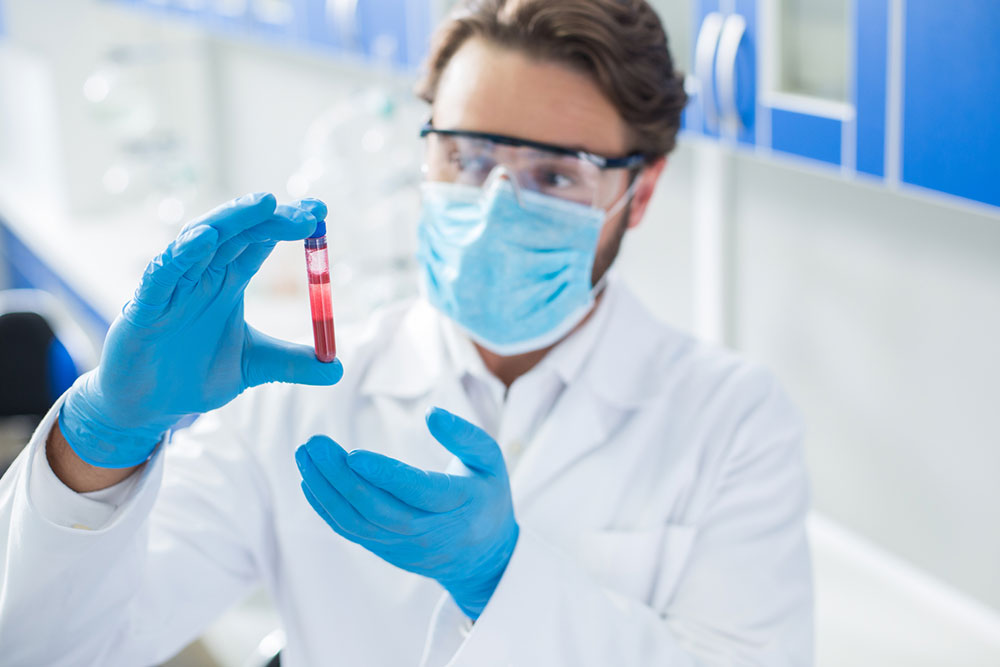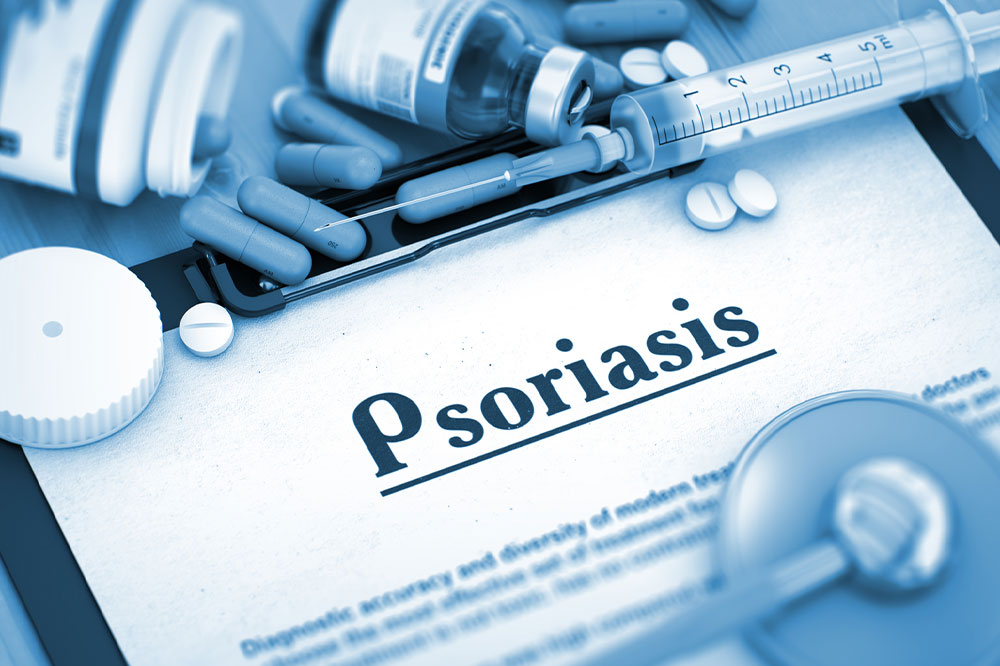10 early warning signs of blood cancer

Blood cancers start in the bone marrow, where healthy blood cells are produced. One may develop cancer of the blood when abnormal cells grow out of control, interfere with the function of normal blood cells, and prevent them from fighting off infections or forming new blood cells. Since the cancer might occur gradually, diagnosing the condition isn’t always easy. However, experts associate these eight warning signs with blood cancer and recommend immediate treatment on recognition.
Fever or chills
An individual might have a fever or chills due to various factors, including a viral infection. The sign might also be prominent in people affected by blood cancer. One may develop a constant low-level fever or a sudden spike in temperature. The sign might result from pyrogens produced by tumor growth due to cancerous cells. Pyrogens come from outside sources, such as viruses, bacteria, and fungi. The lack of healthy blood cells means the body’s defense mechanism might be unable to eliminate such invaders, which triggers fever and chills.
Fatigue
Fatigue is one of the most common signs in patients with blood cancers. Cancer-related fatigue (CRF) is characterized by excessive and persistent exhaustion that interferes with daily activity. The cause of fatigue caused by such mutations is the lack of healthy red blood cells, leading to anemia. As a result, the body might lack sufficient oxygen flow and trigger the warning sign. The sudden onset of fatigue without any underlying conditions may call for a consultation with an expert to look for signs of blood cancer.
Loss of appetite
An individual might lose their appetite because of an illness, psychological causes, including depression, and also due to prescriptions. However, this might also be a symptom of blood cancer that has invaded the gastrointestinal (GI) tract. A tumor in or around part of the tract might interfere with food intake, cause trouble swallowing, or make one feel full even without eating. Some cancerous developments may also release certain types of hormones that affect how the body recognizes that it’s hungry. Therefore, an individual must speak to an expert if they notice such an unusual sign and get a proper diagnosis.
Shortness of breath
One may experience shortness of breath due to various reasons such as excessive workout routines, pushing their body too hard, and due to infections like a cold and flu. The sign might also be triggered due to blood cancer. The disorder replaces healthy blood cells with cancerous cells that usually trigger complications in various body parts. The lack of healthy red blood cells or the inability of the remaining blood cells to do their job well could lead to shortness of breath. Someone with this disorder may notice a sudden breathlessness that comes on unexpectedly. If there is no underlying cause, they should speak to a healthcare expert for an opinion.
Poor clotting
Platelets are cells in the body that make the blood clot. However, if an individual has a low platelet count due to blood cancer, the usual clotting process may get disrupted. As a result, an individual who gets minor cuts may see more bleeding than usual. The individual might also have frequent nose bleeds. Other signs associated with poor clotting due to blood cancer include bleeding gums, heavy periods, unusual bruising, and bowel movements that are black or streaked with red.
Paleness
Sometimes, individuals look unusually pale because they have too few red blood cells. This is identified as paleness (pallor) and is more immediately noticeable in light skin. People with black or brown skin may look grayish, and the palms might seem paler than usual. The signs of pallor might also be visible in the lips, tongue, gums, or nail beds. While there are other causes of paleness, individuals might develop it due to the onset of blood cancer.
Red dots under their skin
Some people with blood cancer might develop tiny red dots under their skin. Termed as petechiae (leukemia spots), the sign might occur due to cancer in blood-forming structures such as the bone marrow and lymphatic system. The appearance of the red dots might vary slightly from one person to the next but usually involves tiny spots that occur in clusters and might be purple, red, or brown. Other associated signs include spots that might appear as a flat, unraised skin rash and do not change color when pressed against.
Night sweats
Various reasons for night sweats include bacterial infections, sleep disorders, a meal regime, and other environmental causes. The sign is also known to be caused by blood cancers like leukemia, which could come suddenly when the person is asleep, disrupting their sleep and drenching the bedding and clothes.
Blood cancer might affect the production of white blood cells (WBCs), which fight off infections. Therefore, a person with leukemia will become more prone to infections. And night sweats may result as the body constantly raises its temperature to fight off these invaders. Leukemic cells may also trigger an inflammatory response in the body when they attempt to eliminate cancer cells.
Lumps and swellings
This is often caused by abnormal white blood cells in the lymph glands. The individual will likely notice lumps and swellings in the neck, groin, or armpit. While the growths might be painless, some individuals may experience mild pain. However, growths that are left untreated may worsen and press against organs like the lungs, which may lead to pain, discomfort, and breathlessness, making it essential to get an early diagnosis of any development.
Bone pain
People who have blood cancer may experience pain in the bones. The cancer cells may build up in the bone marrow and form a mass. The growth may press against the nerves or joints and cause pain. Therefore, people with various types of blood cancer may experience mild to severe pain in the arms and legs’ long bones, ribs, and breastbone. One may also notice pain and swelling of the large joints, such as the hips and shoulders, weeks after the bone pain begins.
















